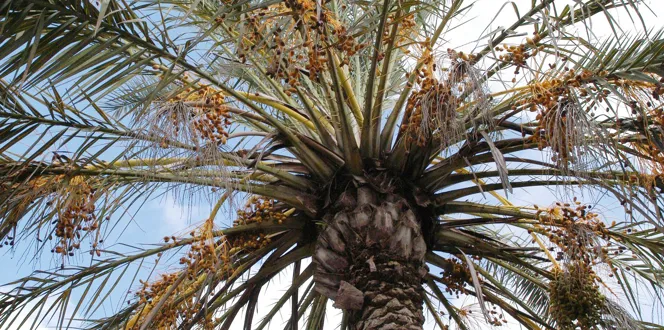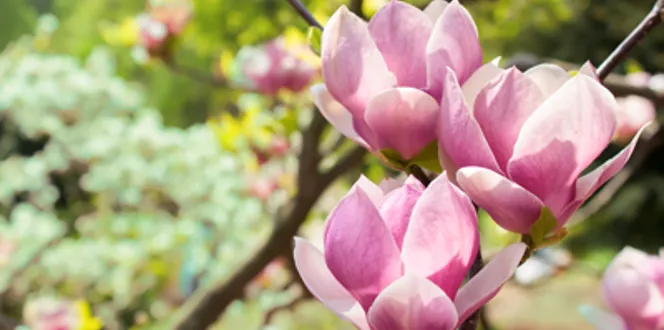Fall is a favorite time of year for a lot of people living in the northern half of the country.
Summer's hot temperatures begin to cool, the air becomes crisp, and pumpkin patches and apple trees are full of fresh seasonal fruit.
But the big draw of autumn is the changing colors of the leaves. Vibrant greens morph into ruby reds, dazzling tangerines, glittery golds, rich rusts, and deep burgundies.
Some years the colors are just magnificent, while other years the colors seem to be gone in a flash or a bit dull. You’re probably wondering what causes some falls to be beyond memorable and others to be easily forgettable.
Let’s talk about how weather affects fall colors and the science of fall colors so you can better understand autumn’s glory and learn how to predict what kind of fall you’re in for this year.
What Causes Leaf Color Change?
When you break it down, the science of fall colors is really what enables the vibrant display the leaves exhibit during the autumn months. The peak season for leaf color can range from late September in northern areas to mid-October in the midwest.
Chlorophyll is the pigment in plants that makes leaves green and helps plants use sunlight to create food – a process known as photosynthesis. As temperatures drop in fall and days become shorter, the production of chlorophyll slows down, allowing other leaf pigments to emerge. Other pigments in leaves include carotenoids, which turn leaves yellow; anthocyanins, which turn leaves red; and tannins, which turn leaves brown. The mix of carotenoids and anthocyanins is what produces those bright orange leaf shades.
Then, after the fall foliage shows, deciduous plants drop their leaves to conserve energy.
What Causes Early Fall Colors
There are peak conditions that actually help trap sugars in leaves and enable anthocyanins to develop and enhance fall color. These include temperatures between 32 and 45 degrees Fahrenheit at night combined with bright, sunny days.
In addition to temperature and light, water can also impact the intensity and duration of fall foliage.
What causes early fall colors? Some specific conditions or combinations of them can actually be to blame. Let’s take a look at a few of the important factors that can bring about early fall foliage.
Heavy Rain
- The Problem: When your soil is water-logged, roots become weakened due to lack of oxygen. This stress brings about early fall foliage, but can also destabilize your tree.
- What to Look For: If heavy rains or water-logged soils are the problems, you’ll see yellowing on tree leaves and premature fall color, as well as leaf drop.
- Solution: Avoid overwatering. You can also contact your local certified arborist to evaluate your tree and recommend the next steps, including suggesting better drainage solutions.
Drought
- The Problem: When there is a lack of water for a period of time, there will be a decrease in chlorophyll production and photosynthesis. This can result in early leaf deterioration and dull fall color.
- What to Look For: Does drought cause early fall colors? Drought can bring about yellowing or browning foliage, as well as wilting and premature leaf drop. Severe dryness can even cause canopy decline or dieback.
- Solution: Water heat- or drought-stressed trees once a week until October to help them bounce back and recover from stress. Saturate the soil under the drip line. Maintain a watering strategy all year, increasing the frequency during dry stretches and decreasing frequency during rainy seasons.
Heat
- The Problem: Heat stress can damage the photosynthetic process in leaves, causing their edges to turn brown or leaves to yellow or fall prematurely. This can certainly put a damper on your fall foliage.
- What to Look For: Leaf scorching or brown edges, yellowing, wilting, premature leaf drop, or dead or brittle branches can all be signs of heat stress.
- Solution: Apply composted bark, wood chips, shredded leaves, or pine needles around the root zone as mulch to help it maintain moisture where trees need it: their roots. Spread mulch in a wide circle – no more than 3 inches deep – around the tree to conserve water. Pull mulch back from the trunk of the tree like a donut, do not pile it deep like a volcano.
Diseases Or Insects
- The Problem: Severe pest or disease infestations can cause your tree to stress and begin to decline, negatively impacting fall foliage.
- What to Look For: Signs of diseases or insects can include yellowing; wilting; leaf drop; damaged foliage; holes in branches or bark; and irregular yellow, brown, or black spots on foliage.
- Solution: If you detect a pest or disease problem, treating and protecting the affected and surrounding trees is important. A certified arborist can confirm the presence of these infestations and recommend treatment options and next steps.







